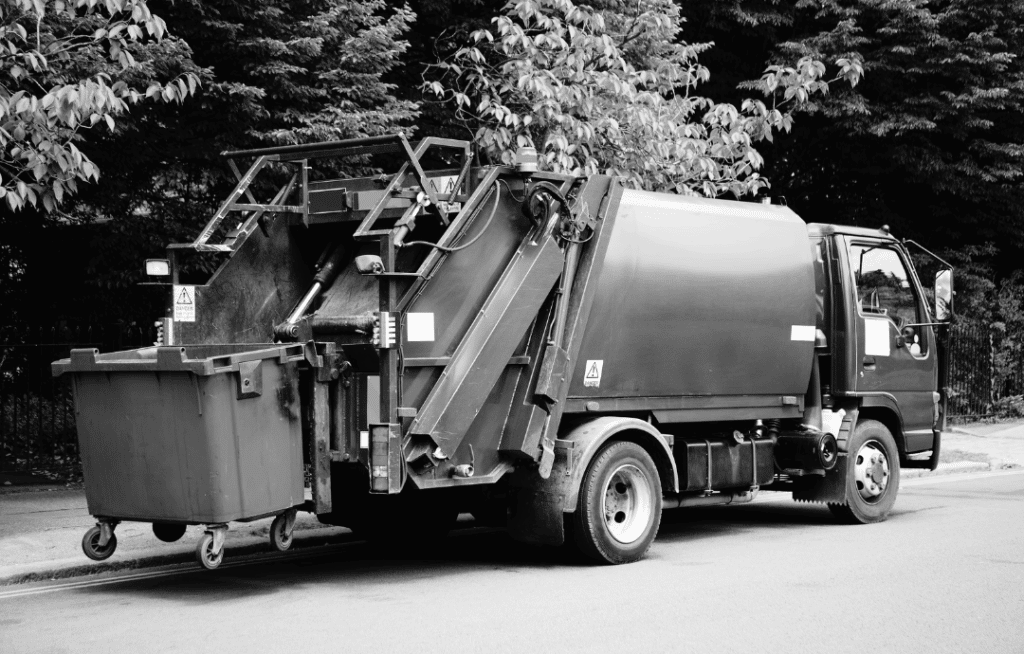Waste has always been produced since the beginning of time. Perhaps not to the scale that it is now, but waste has always existed as a by-product of living things. Most waste formed before the introduction of plastics and other modern day advancements, was created via natural resources which were utilised and eventually, safely degraded back into the ecosystem in the form of ash and human/animal waste. In our most recent blog, we take a trip back in time to take a look at the evolution of waste management over the years.
Where It Began
Cities across the UK experienced a rapid surge in urban expansion during the industrial revolution, with more and more regions becoming increasingly congested, resulting in substantially greater quantities of waste and a drastic decline in sanitation. At the time, effective waste management had not been addressed, and vast piles of rubbish could be observed across cities. In 1751, Corbyn Morris, an English official and economic writer, advocated for a stronger emphasis on public health preservation, proposing “one uniform public management” to regularly remove waste from the streets. The earliest instance of a solid waste management system was put in place in London in the late 18th century, with ‘dust-yards’ establishing waste collection and resource recovery systems.
In the 19th century, on the back of outbreaks of cholera resulting in many deaths, a public health debate took place, introducing the first legislation. A notable advocate for the importance of waste management facilities was social reformer, Edwin Chadwick. 1842, Chadwick published a report titled ‘The Sanitary Condition of the Labouring Population’ which focused strongly, on introducing a waste management system, the health and wellbeing of the public, and a disease transmission theory called the ‘Miasma Theory’, however in the early 1900’s, this was later proven to be false.
Passed in 1846, The Nuisance Removal and Disease Prevention Act sparked a movement in London to provide controlled waste management. The Metropolitan Board of Works (MBW) was responsible for the city’s regulated waste management system, since the Public Health Act of 1875 required families to dump weekly waste deposits in ‘moveable receptacles,’ commonly known today as dustbins.
The Birth of Waste Transportation
Of course, with a newly implemented waste management system, there needed to be a form of transport to carry waste from A to B. To begin with, open back carts were used, pulled by teams of horses, later moving into motorised vehicles in the early 20th century including the first closed body trucks in a successful attempt to minimise offensive odours in the 1920’s.
Modern Waste Management
In the modern age, waste management has developed tenfold, with rapid technological advancements across the board, not only producing more waste, but also changing the way waste is managed. To begin the modern methods of waste disposal, Nottingham led the way with the first waste disposal incinerator, then known as ‘Destructors’, created by Albert Fryer. Waste incinerators were then largely produced up and down the country with much wider use. However, these were quickly frowned upon due to the levels of ash in the air as well as pollution generated.
Along Came Landfill
Landfill, a technique of waste burial, appeared shortly after. Landfill sites are enormous excavations cut into the ground and filled with rubbish. They swiftly rose to the top of preferred waste disposal techniques due to the low-cost appeal. In comparison to incinerators, landfilling was a cheap form of waste disposal that is still being utilised in many countries today. However, landfill does has several drawbacks. Despite being inexpensive, landfill ironically comes with other costs, which include environmental impact. Not only do huge areas of land effectively need to be removed, but vermin such as rats and seagulls are attracted to landfills, while litter and toxins can seep into the surrounding environment. Despite the negatives, there is some good news surrounding landfill. Many modern sites are now lined to avoid toxic leaks, with waste compressed, compacted and covered properly to reduce the amount of pests on and around the site.
360’s Mission
At 360 Waste Management, our focus is on eliminating landfill by reducing commercial waste at the source, recycling and utilising new technologies. We continue to do this across a whole range of industries from schools, colleges, and retail, to bars, pubs, offices and much more. If you’re looking to save money on your commercial waste management, make sure to contact the 360 office to see how our nationwide service can benefit your business and get you saving up to 30% on your waste management just like 95% of our customers.







